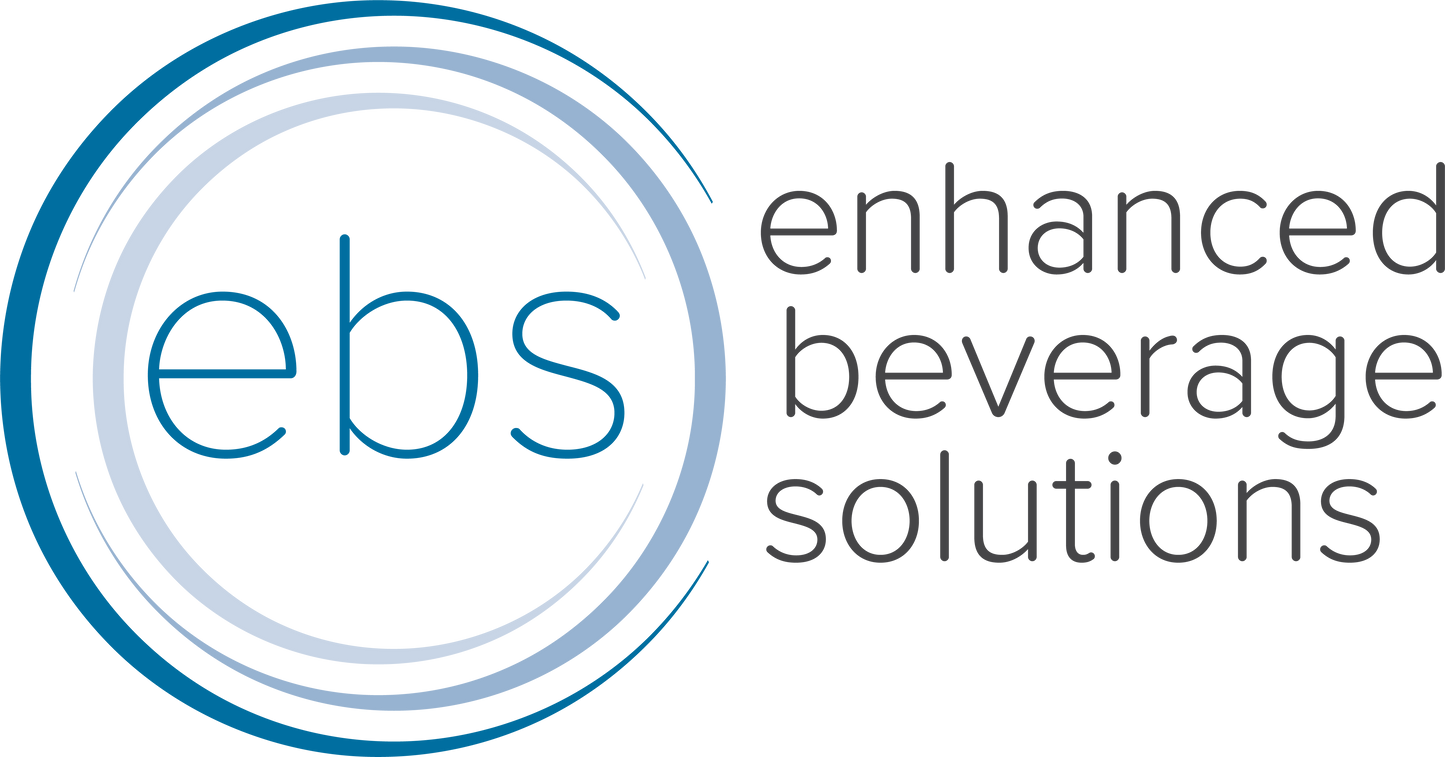
With tapped beverages being the new hot trend in cafes, the kegerator quickly became a staple piece of equipment - and for good reason. There are many advantages to serving beverages on tap. Relative to espresso machines, serving beverages on draft requires less maintenance, has a faster speed of service, and is one of the most sanitary methods of serving beverages in food service. However, their growth in popularity was so fast, their general operations remain a mystery to many cafe owners.
At Enhanced Beverage Solutions, we often joke that even though most modern espresso machines have a literal computer inside of them, somehow the kegerator is the intimidating piece of equipment. We’re here to breakdown a kegerator’s components so that you too, will begin to view these as the simplistic items that they are: merely a refrigerator with faucets
